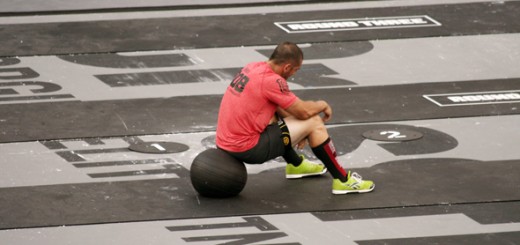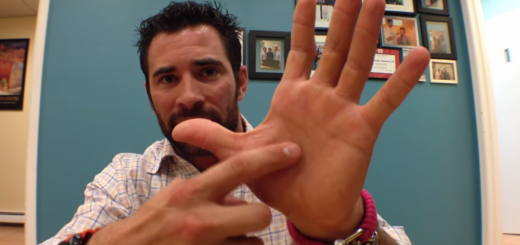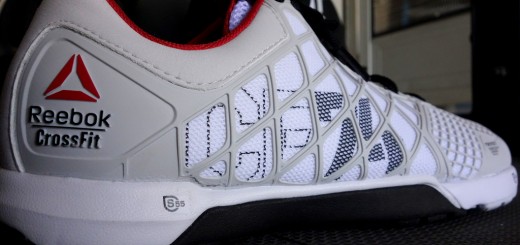Let’s be honest: CrossFit — though it may be bare-bones in terms of the box itself — is not exactly a cheap endeavor. Whether you regularly update your shoe closet or sports bra selection, fill your closet with CrossFit T-shirts, or have taken up shopping at Lululemon, it is not difficult to spend money as a CrossFitter. So… is it worth buying specialty shoes for Olympic weightlifting? Won’t your minimum-drop shoes suffice? Freddy Camacho, CrossFit Games Masters competitor and owner of CrossFit One World, explains why yes, having Oly shoes does matter.
“Weightlifting Shoes and Why You Need Them”
If you decided to take up long distance running, what would be the first thing you would do? Likely, you would do some research regarding running shoes and then you would go and buy the best running shoes you could possibly afford. The shoes make a huge difference when you are pounding the asphalt for miles on end.
If you would buy good shoes for running, why wouldn’t you buy the proper shoes for weightlifting? There is no substitute for a weightlifting shoe. Sure, there are good and bad shoes for doing CrossFit, but if you are training at One World, you know we don’t just run you into the ground with CrossFit workouts. A huge part of our training includes weightlifting. You really should consider having a shoe for lifting and having a shoe for conditioning….
If you are a powerlifter, a pair of Converse Chuck Taylor‘s is probably the only shoe you will ever need. At One World, we are not doing powerlifting. Do yourself a favor and get yourself a pair of weightlifitng shoes. The shoe really will help.
Read the rest of Freddy’s advice on how to take care of your Oly shoes and some of his shoe recs here.
“You Need Olympic Weightlifting Shoes”
Freddy’s article references this excellent article from Lift Big Eat Big. Here are just a few reasons why Oly shoes are good for you:
Spreading the floor
Olympic lifting shoes possess straps, which allow you to push out against the side of the shoe with your foot, increasing hip activation. More hip activation will equate to a stronger pull or squat.
More stability
More stability means that you’ll have a very consistent platform from which to push. Not at all inconsistent, unlike that from compressible soled shoes.
Olympic shoes have a wooden sole (they have rubber on the bottom so you won’t slide), which means your foot is going to consistently be on a stable surface, unlike Chuck’s which have compressible soles. Inevitably people try to come up with the argument, “Well Vibrams don’t compress…” While this may be true, they don’t have a…
Heel
Olympic shoes typically have at minimum .5” to a 1” heel, which allows you to utilize every aspect of your musculature for the lift you’re going for. The Soviets realized that a heel would allow the lifter to squat into a deeper position due to the increased range of motion for the ankle joint, and so the design of the modern lifting shoe was created.
Besides allowing lifter to squat into a deeper position, the raised heel also allows the lifter’s chest to stay upright, even in the bottom of a deep squat with the bar held overhead or racked across the deltoids (Snatch and Clean & jerk).
**A side note about the heel: This doesn’t permit you to slack on mobility of the ankle and hip structures, just because the shoe masks the issue. You should be able to squat with no artificial support. If you can’t, get to work.
Read the full article by Jay Stadtfeld here.
Need a Visual?
We leave you with a “before and after” shot, courtesy of CrossFit East Sac, of one of their athletes doing an overhead squat in his socks, then performing the same movement with Olympic lifting shoes. As the coach explains, a picture is worth 1000 words.
Original Article by: TabataTimes










